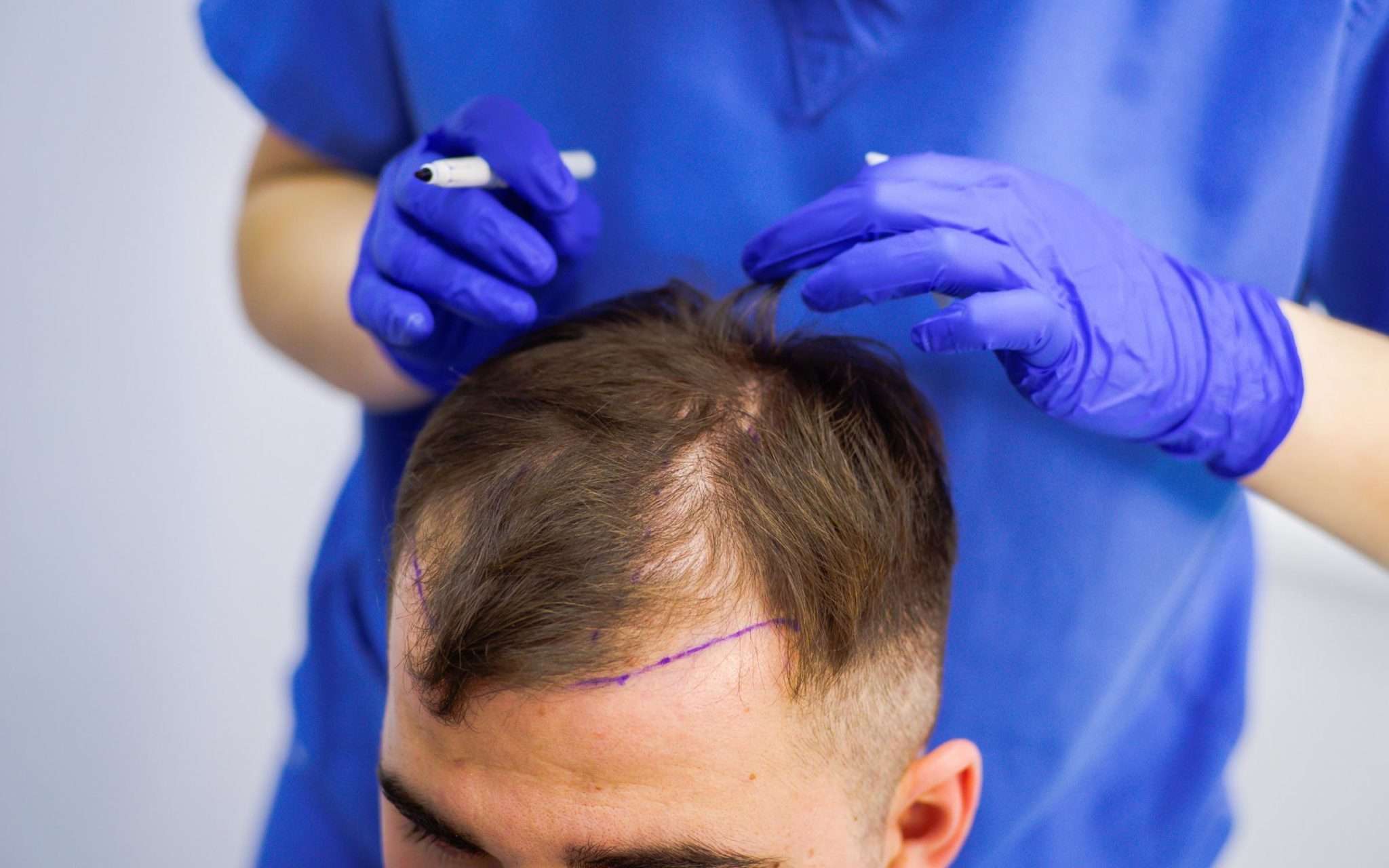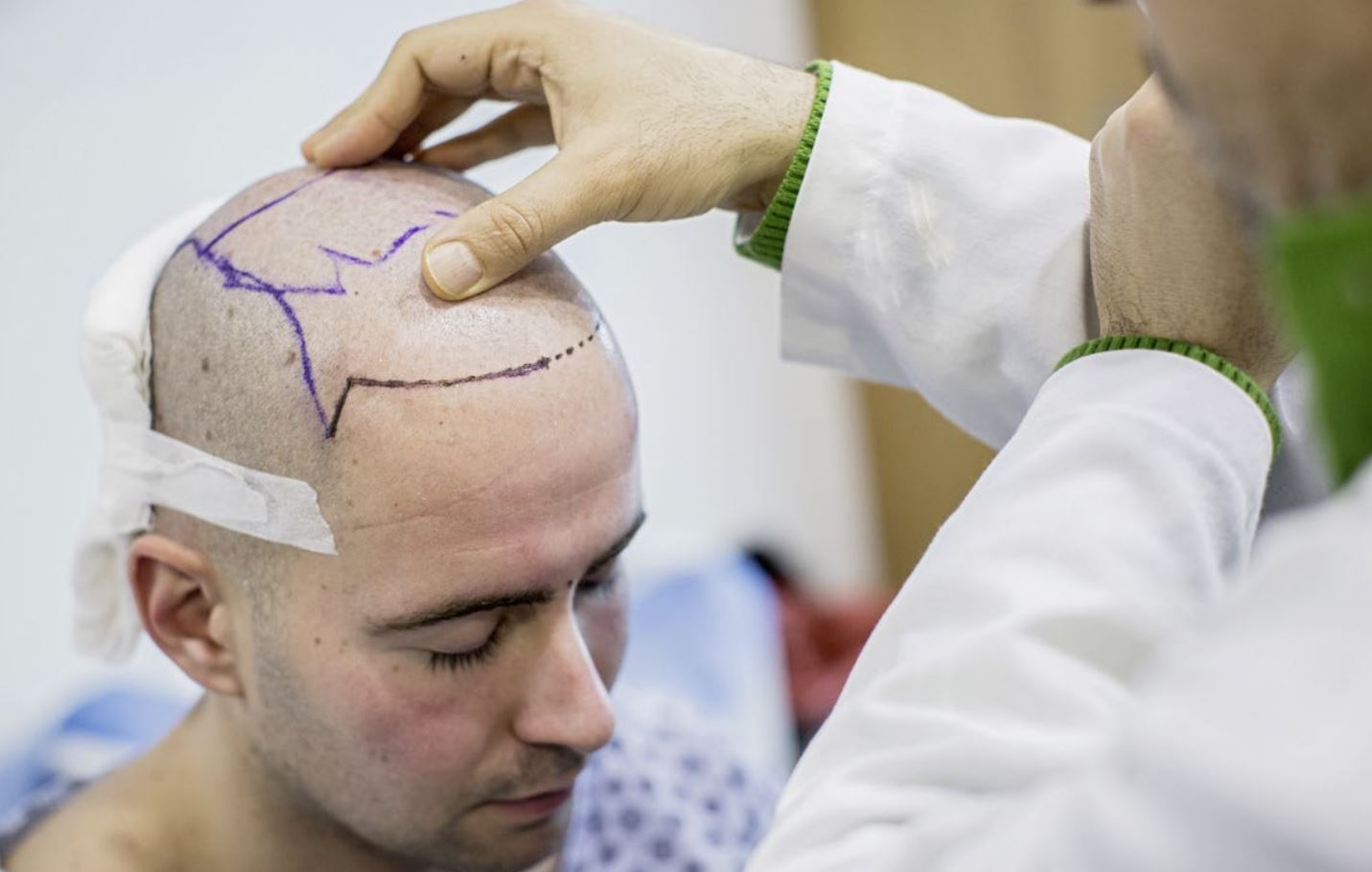Are you tired of feeling self-conscious about your thinning hair or receding hairline? A hair transplant procedure may be just the solution you need. But before taking the plunge, there are many important considerations to keep in mind. From choosing the right surgeon and technique to preparing for recovery, this ultimate guide will walk you through all the key steps involved in a successful hair transplant. So if you’re ready to say goodbye to bad hair days forever, read on!
Table of Contents
Introduction to Hair Transplant Procedure
When considering a hair transplant procedure, it is important to understand the basics of the surgery. This guide will provide you with an overview of what to expect before, during, and after your hair transplant procedure.
Before your procedure, you will need to consult with a hair transplant surgeon to determine if you are a good candidate for surgery. During this consultation, your surgeon will evaluate your hair loss pattern, current hair density, and scalp elasticity. They will also discuss your medical history and medications with you to ensure that you are healthy enough for surgery.
Once it is determined that you are a good candidate for surgery, your next step is to choose the type of hair transplant procedure that is right for you. The two most common types of procedures are follicular unit transplantation (FUT) and follicular unit extraction (FUE). Your surgeon will help you decide which type of procedure is best for you based on your individual needs.
During your hair transplant procedure, grafts containing hairs are carefully harvested from the donor area and transplanted into the balding or thinning areas of the scalp. The donor area is usually located at the back of the head where the hair is more resistant to balding. The grafts are then placed in incisions that have been made in the recipient area. Once all of the grafts have been placed, they will be covered with a dressing or bandage.
After your surgery, it is normal to experience some swelling,
Pros and Cons of Getting a Hair Transplant
When it comes to hair transplants, there are a lot of things to consider. On the one hand, a hair transplant can be a great way to restore your hairline and give you back the full head of hair that you’ve always wanted. On the other hand, there are some potential risks and downsides that you should be aware of before making the decision to go ahead with a hair transplant. In this article, we’ll take a look at some of the pros and cons of getting a hair transplant so that you can make an informed decision about whether or not it’s right for you.
PROS:
1. A hair transplant can give you back a full head of hair.
2. A hair transplant is usually a permanent solution to hair loss.
3. A hair transplant can help improve your self-esteem and confidence.
4. A Hair transplant is usually safe when performed by a qualified surgeon.
CONS:
1. There is always the risk of complications from surgery, such as infection or scarring.
2. Hair transplants can be expensive, costing anywhere from $4,000 to $15,000 depending on the extent of the procedure.
3. There is no guarantee that a hair transplant will be successful, and in some cases, the results may not be as desired
Should I Cut My Hair Before the Procedure?
If you are considering a hair transplant, you may be wondering if you should cut your hair before the procedure. There is no right or wrong answer to this question, as it is a personal decision. Some people choose to cut their hair short before the transplant so that the surgical area is easily accessible, while others choose to leave their hair long to cover up any scars. Ultimately, it is up to you to decide what will make you most comfortable during and after the surgery.
 What To Expect After A Hair Transplant
What To Expect After A Hair Transplant
Assuming you are referring to the post-operative period, most patients can expect to take approximately two weeks off from work. During this time, it is important to keep your head elevated as much as possible to minimize swelling. You will also need to sleep with your head elevated for at least the first week. It is normal to experience some bruising and swelling around the eyes, which will resolve on its own.
Most patients report that they feel great after their hair transplant procedure and are able to return to their normal activities within a few days. However, it is important to remember that each person heals differently and you should listen to your body. If you experience any pain or discomfort, be sure to contact your surgeon.
You will likely have your first follow-up appointment about a week after your surgery. At this appointment, your surgeon will check on your healing progress and remove any stitches if necessary. They will also give you instructions on how to care for your new transplanted hair. It is important to follow these instructions carefully in order to ensure optimal results.
Alternatives to Hair Transplants
If you’re considering a hair transplant but are worried about the potential side effects, there are some alternative options that may be right for you.
Hair transplants are not right for everyone, and there are some potential risks involved. If you’re concerned about these risks or are not a good candidate for a hair transplant, there are some alternative options to consider.
PRP therapy is one option that uses your own blood to stimulate hair growth. This procedure is less invasive than a hair transplant and has fewer side effects.
Another option is low-level laser therapy, which uses low-level lasers to stimulate hair growth. This treatment is also less invasive than a hair transplant and has few side effects.
If you’re considering a hair transplant, it’s important to talk to your doctor about all of your options and what’s right for you.
Conclusion
Hair transplants can be a great way to restore your natural hair and give yourself a new look. With the right preparation, you can make sure that your procedure is successful and get the results you desire. We hope that this guide has helped you understand what needs to be done before undergoing a hair transplant procedure, as well as given you some ideas on how to style your hair after the surgery. Remember – when in doubt, always consult with an experienced specialist beforehand!

